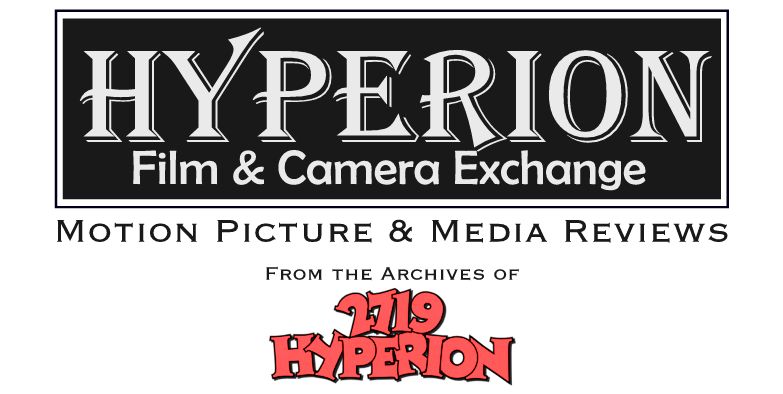 That is why the 1929 cartoon When the Cat’s Away, Mickey’s sixth film, stands as a curious anomaly in the iconic character’s long filmography. For in both physical size and social dynamic, Mickey is truly a mouse in this Walt Disney directed short.
That is why the 1929 cartoon When the Cat’s Away, Mickey’s sixth film, stands as a curious anomaly in the iconic character’s long filmography. For in both physical size and social dynamic, Mickey is truly a mouse in this Walt Disney directed short. It is no small coincidence that the Mickey’s fellow mice bear striking resemblances to similar rodents from Disney’s earlier silent endeavors. The film is a remake of sorts of Alice Rattled by Rats, produced in 1925, and the character designs do not stray far from that short’s original cast. And these “supporting mice” contribute much of the cartoon’s content. Mickey’s antics are for the most part focused on a player piano and the typical cartoon gags that that instrument usually inspires. While somewhat mundane overall, the film’s shortcomings are easily forgiven in relation to its more relevant historical context.
It is no small coincidence that the Mickey’s fellow mice bear striking resemblances to similar rodents from Disney’s earlier silent endeavors. The film is a remake of sorts of Alice Rattled by Rats, produced in 1925, and the character designs do not stray far from that short’s original cast. And these “supporting mice” contribute much of the cartoon’s content. Mickey’s antics are for the most part focused on a player piano and the typical cartoon gags that that instrument usually inspires. While somewhat mundane overall, the film’s shortcomings are easily forgiven in relation to its more relevant historical context.But more than anything, When the Cat’s Away is fascinating simply on the level of watching Mickey engage in an environment that matches the creature that he is. In that regard, the cartoon is a curious left turn away from the five Mickey Mouse shorts that preceded it. Mickey had been clearly established as an out-of-scale mouse from his inception in Plane Crazy. For whatever reason, in this case premise trumped consistency and Mickey enjoyed a brief connection with his more primal (albeit still in a cartoon sense) nature.
 I can think of only one other screen appearance where Mickey was distinctly “mouse scale”--the 1934 film Hollywood Party. This early live action-animation mix has comedian Jimmy Durante at one point picking Mickey up by the tail while party-goers scream and stand on tables and chairs. Check this earlier post for more information on that particular Disney-MGM collaboration.
I can think of only one other screen appearance where Mickey was distinctly “mouse scale”--the 1934 film Hollywood Party. This early live action-animation mix has comedian Jimmy Durante at one point picking Mickey up by the tail while party-goers scream and stand on tables and chairs. Check this earlier post for more information on that particular Disney-MGM collaboration.


0 comments:
Post a Comment